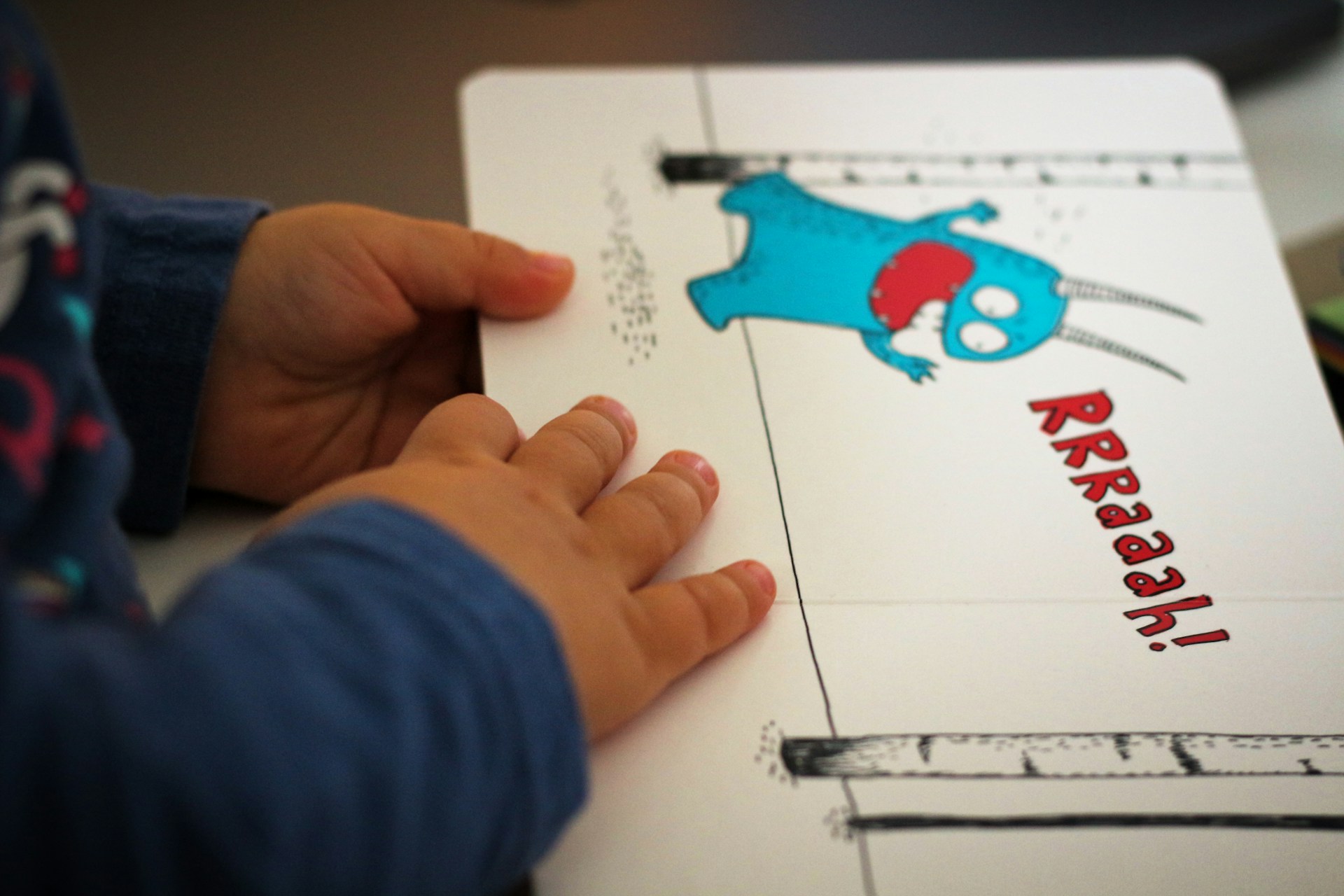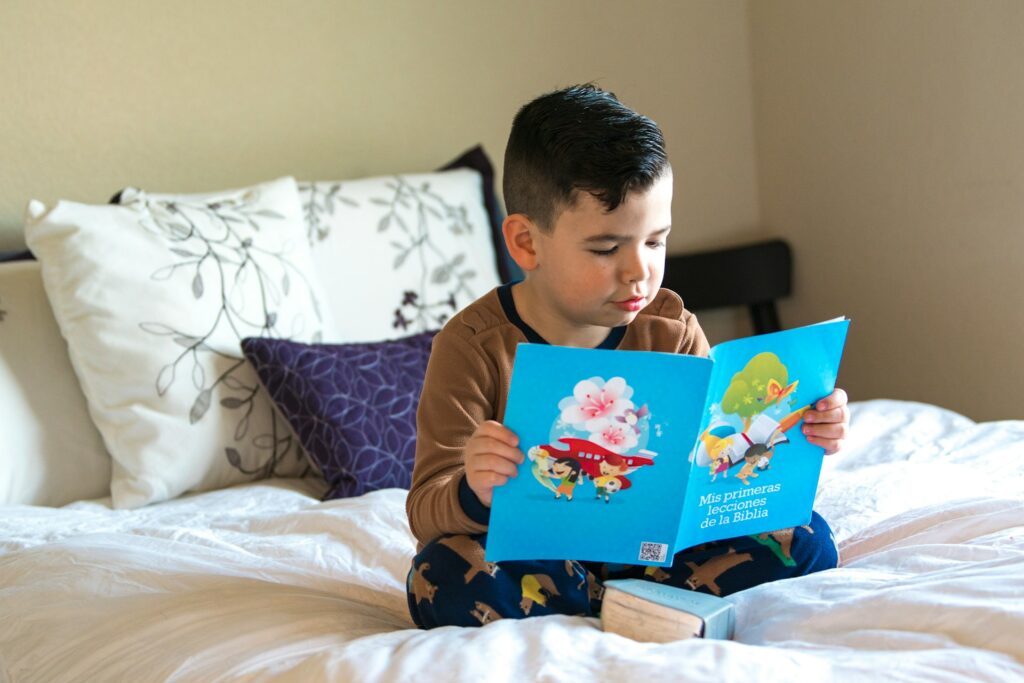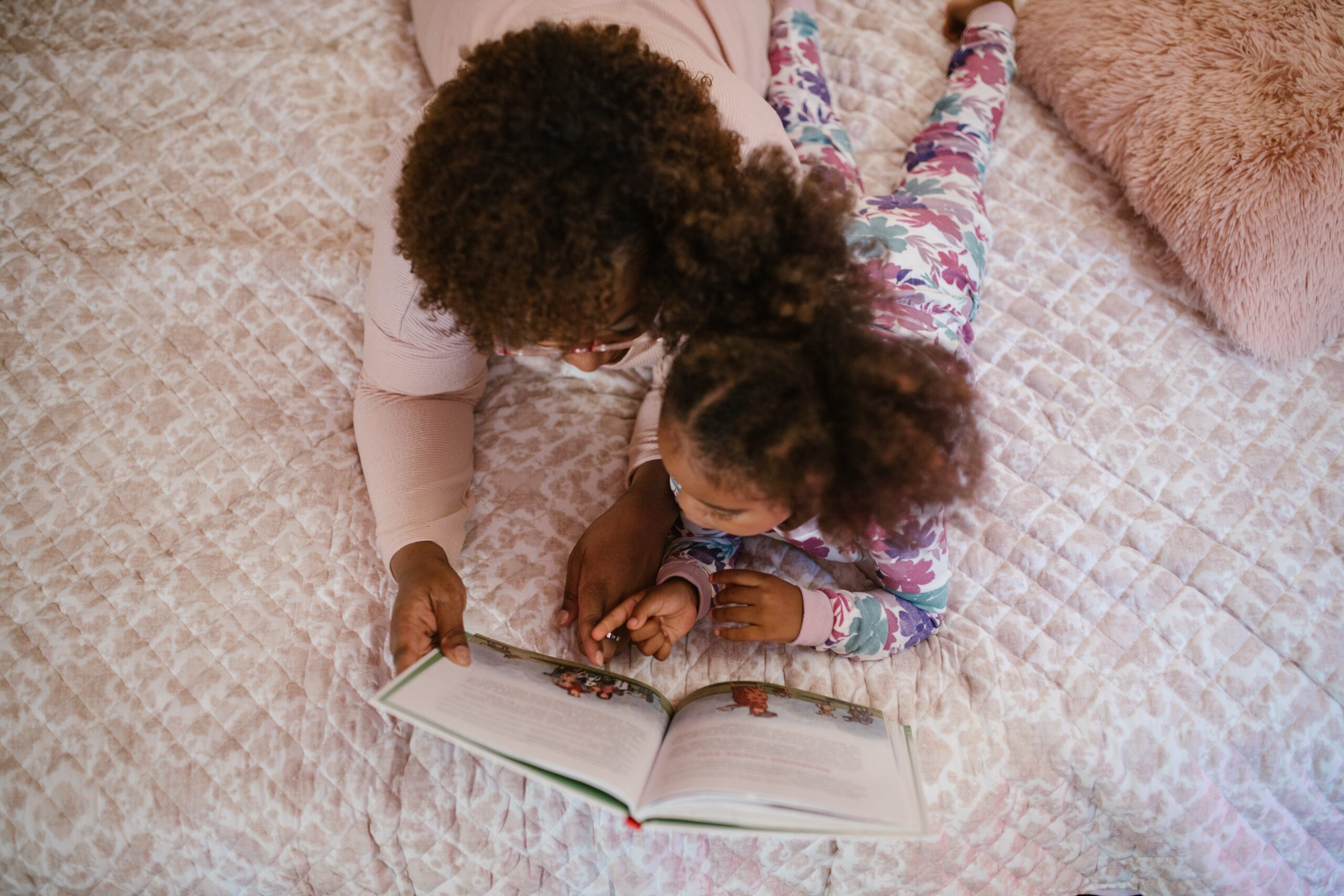
Moving into a new home can be exciting, especially for kids, but it can also bring the anxiety of moving to a new place. Setting up a special space like a temporary reading nook for kids helps them feel comfortable and settled. This post offers practical tips for creating a cozy and inviting reading nook for children in a new home. With the right approach, you can transform a small corner into a magical space where kids can relax and enjoy their favorite books. So, let’s explore how to create this special nook for your little ones.
Why Is A Reading Nook For Kids Important?
A reading nook for kids fosters a love for books by creating a dedicated space for children to explore stories. It becomes a special spot where kids can lose themselves in the world of books, enhancing their reading habits naturally.
Having a dedicated area for reading helps kids feel secure and comfortable. It’s their little haven, which can be especially important in a new home. Also, this special nook can provide a sense of stability amidst the changes.
A quiet reading area allows children to concentrate better on their reading. Without distractions, kids can immerse themselves in their books, improving their focus and comprehension skills. This helps create a peaceful environment that is conducive to learning.
Choosing The Right Spot
Consider Natural Light
Select a spot with good natural lighting to make the reading nook bright and inviting. Natural light is easy on the eyes and creates a cheerful atmosphere. A window seat or a corner with plenty of light can be perfect.
Quiet and Calm
Pick a location away from high-traffic areas to minimize distractions. A quiet spot ensures that kids can read in peace without interruptions from household activities. This helps maintain their focus and enjoyment of reading.
Safety First
Ensure the spot is safe and free from potential hazards. Check for sharp edges, unstable furniture, or any other risks. Safety is paramount, so make sure the area is child-friendly and secure, giving you peace of mind.
Gathering Essential Supplies
Comfortable Seating
Use floor cushions, a small chair, or a bean bag to provide comfortable seating options. Kids need to be comfy while reading; these seating choices can be easily moved and adjusted. Comfort encourages longer reading sessions.
Soft Lighting
Add a reading lamp or add something a bit more creative, like fairy lights, for a cozy atmosphere. Soft lighting not only creates a warm environment but also protects their eyes. It’s essential for those evening reading sessions when natural light isn’t available.
Storage Solutions
Incorporate shelves or bins for storing books and toys. Efficient storage solutions for kids’ rooms keep the nook organized and tidy. It makes it easy for kids to find and return books, maintaining an orderly space.
Decorating the Reading Nook
Theme Ideas
Choose a fun theme that reflects your child’s interests. Whether it’s a jungle, space, or princess theme, it makes the nook exciting and personal. Themes can make the space more engaging and encourage children to spend time there.
Personal Touches
Add personalized elements like their name or favorite characters. Personal touches make the nook feel special and unique to your child. These small additions can make a big difference in making the space inviting.
Incorporate Textiles
Use rugs, blankets, and pillows to make the space cozy and inviting. For example, soft textiles add comfort and warmth, making the nook a perfect spot to snuggle up with a book. These elements also add color and texture to the space.
Organizing Kids’ Books Before Moving to a New Home
Declutter
Sort through toys, books, and other belongings to decide what to keep, donate, or discard. Decluttering helps reduce the load and ensures only useful items are moved. It’s an excellent opportunity to teach kids about organization and letting go of unused items.
Label Boxes
Clearly label moving boxes to make unpacking easier. Labels help identify contents quickly, making the process of setting up the new home smoother. Additionally, these simple steps can save time and confusion later.
Create a Packing Plan
Have a plan in place to organize items by room and category. A packing plan ensures that related items stay together, simplifying unpacking. It also helps to organize kids’ toys before moving, making the relocation to the new home more manageable.
Setting Up the Nook
Start with the Basics
Begin by arranging seating and lighting. Comfortable seating options, like bean bags or small chairs, are ideal. Add a reading lamp or soft lighting to create a cozy atmosphere. Proper lighting ensures that kids can read without straining their eyes.
Add Books and Toys
Place a selection of favorite books and a few toys in the nook. Including beloved items makes the space immediately appealing. Furthermore, it incorporates a mix of storybooks, picture books, and educational toys to provide variety.
Finishing Touches
Add decorative elements and personal touches to complete the space. For instance, use your child’s favorite colors and themes to make it special. Personalized items like name plaques or themed decor can make the nook feel unique.
Encouraging Your Child to Use the Nook
Create a Routine
Establish a regular reading time to encourage the use of the nook. Consistency helps children anticipate and look forward to this quiet time. Whether before bed or after school, a set routine makes the nook a regular part of their day.
Lead by Example
Spend time reading together in the nook. Your participation shows that reading is a valued activity. Sharing a book or enjoying silent reading time side by side can reinforce the habit. Furthermore, kids often emulate their parents’ behaviors, so your involvement is key.
Make it Special
Use the nook for special reading activities or storytime. Occasionally, add new books or have themed reading sessions to keep things exciting. This special use can make the reading nook a place of fond memories and ongoing interest.
Tips for Maintaining the Reading Nook
Regular Cleaning
Keep the space tidy and organized. A clean nook is more inviting and functional. Encourage your child to help with simple tasks like putting books back on the shelf. This habit teaches responsibility and helps maintain the space.
Rotate Books and Toys
Regularly change out books and toys to keep the nook interesting. Introducing new items periodically can maintain your child’s interest. Rotating toys and books also helps discover forgotten favorites, keeping the nook fresh.
Involve Your Child
Encourage your child to help maintain their special space. This involvement gives them a sense of ownership and pride. Moreover, let them decide on occasional changes or new additions.
Adapting the Nook as Your Child Grows
Adjust Seating
Update seating options as your child grows. As they get older, their comfort needs will change. Consider adding a small desk or a more supportive chair to adapt to their evolving needs.
Change Decor
Modify the decor to match changing interests and tastes. Also, what appeals to a toddler might not suit a school-aged child. Updating the decor keeps the nook relevant and engaging for your child as they grow.
Expand the Collection
Continuously add new books and reading materials. Keep the selection age-appropriate and aligned with their interests. The role of illustrated books remains important, but you can introduce more complex stories as they advance.
Making the Nook a Family Project
Get Creative Together
Involve the whole family in creating and decorating the reading nook for kids. This collaborative effort can make the project more enjoyable and meaningful. Everyone’s input can result in a space that reflects the family’s collective creativity.
Share Ideas
Let your child contribute ideas and preferences for their space. Additionally, their involvement ensures the nook is tailored to their tastes and needs. This engagement also fosters a sense of ownership and pride in their special area.
Celebrate Completion
Have a small celebration once the nook is ready to use. Moreover, this celebration can be a simple storytime session with the family or a small gathering with friends. Acknowledging the completion makes the effort feel rewarding.
Final Words
Creating a temporary reading nook for kids helps them adjust to a new home by providing comfort and security. Also, it fosters a love for reading and offers a personal space for your child. Start planning and set up a cozy nook to make your child’s relocation more enjoyable.


























